Birding In Cerro de San Juan Ecological Reserve
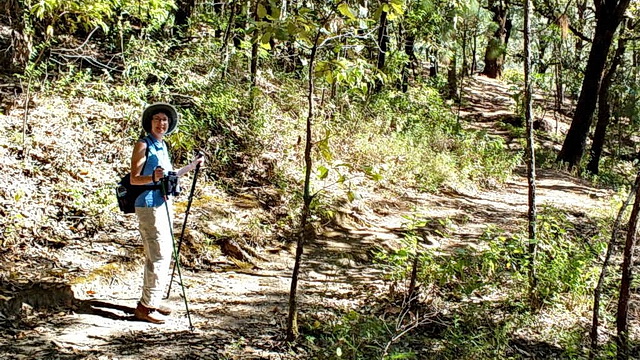
When staying at Hotel Garza Canela, a great birding base in San Blas, Mexico, we found the hotel staff and other birders quite willing to give helpful tips on where to go looking for birds. One recommended area was Cerro de San Juan Ecological Reserve near Tepic. A trip to this area required a 1 1/2 hour drive to get there.
We had purchased a booklet with a map and directions to the ecological reserve, and it seemed that the trip would be straight forward, therefore, a few stops along the way to photograph birds did not seem an unlikely thing to do. The first birds that caught our attention were a pair of Black-throated Magpie Jays.
We felt no hesitation at wandering off the road to investigate these flamboyant birds, and soon realized that there was a White-throated Magpie Jay keeping the others company.
For quite a few minutes, Bob and I enjoyed the show put on by these birds.
The open habitat attracted some other birds, too, such as this lovely Yellow-winged Cacique,
a Great Kiskadee,
and a diminutive Cinnamon Hummingbird.
Turkey Vultures were hanging out in the same place, and the Magpie Jays often shared the trees with these large scavengers.
About an hour into our drive, the sight of two Bronzed Cowbirds sitting on a bough bent with brilliant blossoms had us hopping from the car for a quick snapshot or two.
Once in Tepic, it was not easy to locate the road sign directing us in the direction of Miramar and hence the Reserve, so a couple of stops at service stations had us attempting to understand directions from staff who spoke only Spanish.
Once we finally arrived at Cerro de San Juan Ecological Reserve, we found the sign marking the entrance so beat up and faded that it was nearly impossible to read the writing upon it. At least we established that we had arrived at the right place. For the first couple of kilometres, the road had a paved, smooth surface,
and the gradual climb into the mountains soon provided elevated views of the surrounding countryside through openings in the canopy of trees. Cerro de San Juan Ecological Reserve protects a healthy forest habitat in the mountains with vegetation at the lower elevations running heavy to thorn forest.
Our arrival at the Reserve was a little later than desired for the purposes of birding, but the surroundings were pleasant enough beneath sunny skies with dappled shade keeping us cool.
The road soon deteriorated to a narrow, winding surface riddled with potholes, so progress was slow. The best way to bird in the Reserve is to park the car and walk the road.
On one such stroll, Bob and I managed to espy a Green Jay.
Although this magnificent Green Jay kept to the dark shadows within the heavy foliage, it did afford a couple of good views before we walked on.
Long stretches of the gravel road were fully exposed to sunshine, and that is where we located a Berylline Hummingbird. For the most part, the bird sightings were pretty scarce due in large part to the late morning hour, 11 a.m.
After traveling about 3 kilometres up the mountainside, very nice views of the rich farmland on surrounding hillsides could be seen at many lookout points.
At Kilometre 5, we found ourselves in an open meadow habitat. This was at the highest point on the ridge.
Signs indicated that the property belonged to La Rancho Noria (La Noria Ranch).
We saw no evidence of inhabitants nor activity on the premises, but it was a logical place for Bob and me to alight from the car and do some exploring along the edge of the public roadway. There was ample space to pull our car off to the side of the road.
Right away, our attention was grabbed by a variety of birds. A Greater Pewee afforded us a ventral
and a dorsal view, and
Northern Rough-winged Swallows preened in the warm noonday sun…
and darted over the meadow grass in pursuit of insects.
Overhead, a Red-tailed Hawk made passes perhaps hoping to spot a mouse or vole,
but it soon returned to perch in the shade at the perimeter of the open area.
while a rustic concrete fence was visited by a Spotted Wren
and a pair of Audubon Orioles. We were beginning to think that our timing wasn’t so bad after all.
When Bob and I caught sight of a large black bird soaring on high, at first we thought it was a Bald Eagle; it appeared to have a strikingly white head.
As the bird drew nearer, we had to laugh at ourselves because it was simply a Common Raven transporting a large white egg back to its nest.
A sign on the opposite side of the road from La Noria Ranch drew our attention to a hiking trail that bisects the pine and oak forest. Having spent quite a lot of time driving on this particular day, Bob and I decided it would be a good idea to stretch our legs and get a closer look at the terrain.
We do a lot of hiking in the woods at home in Canada, so the prospect of getting out in the bush excited us. Compared to a lot of the trails that we had used thus far in Mexico, this one was in far better condition and well maintained.
Prepared with walking sticks, we set off on an adventure.
The lack of thick vegetation in the understory presented a welcoming landscape that allowed a cool breeze to flow through while permitting good views through the trees.
We were intrigued by some huge Agave plants growing at the side of the trail and remarked about the substantial size of the leaves.
One such plant was half as tall as Bob, and
the most interesting patterns on the leaves reminded me of some fine embossing at the hand of Mother Nature.
The forest was delightfully quiet, and we had the whole place to ourselves. About 40 minutes into our walk, the trail emerged at a modest lookout complete with a roofed platform. A protective barrier guarded against anyone falling…
should they get too distracted by the panoramic view.
As we made our way on the circular route, the terrain and vegetation was fairly constant. There was little to distract us until…
a Pine Flycatcher flitted about the Pine Trees alongside the trail.
Soon after, a curious Hermit Thrush came in close for a look at we two who quietly sauntered through its domain.
Back at the trailhead, our car sat waiting right where we had left it, alongside a signpost marking the way to Cuarenteno and Palapitas. Cuarenteno was a good distance further along the ridge…in my guess as far as we had come already within the Reserve…so Bob and I decided to retrace our route back to Tepic.
By the time we got back to the main highway, a dense fog had settled over the forest.
One last stop was made later that afternoon before returning to San Blas and that was at the orchards outside of La Bajada. We were looking forward to visiting that recommended habitat, as well. More on that in a subsequent post.
Frame To Frame – Bob and Jean


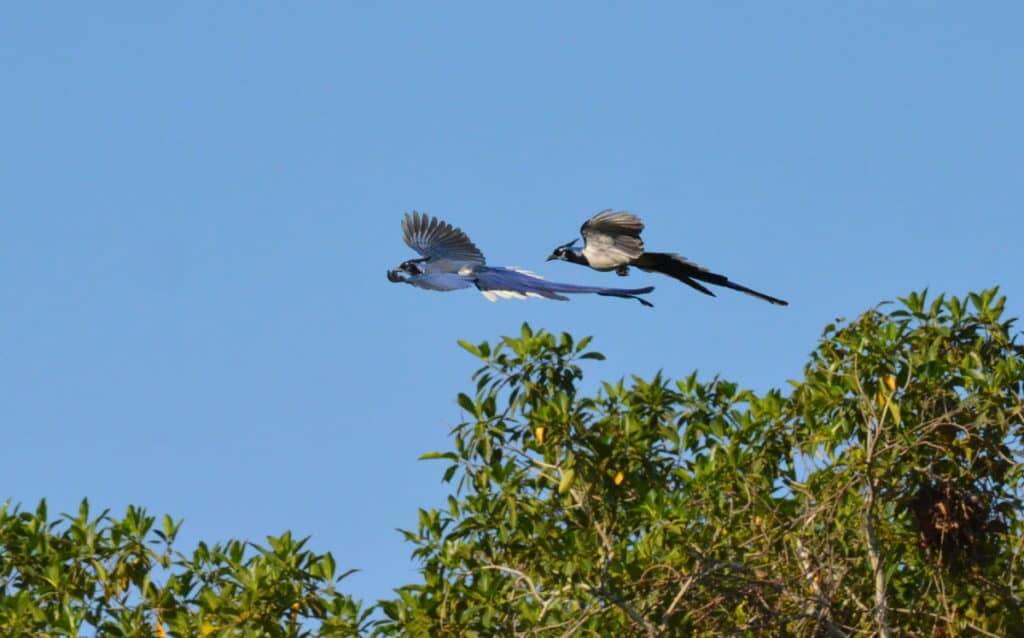
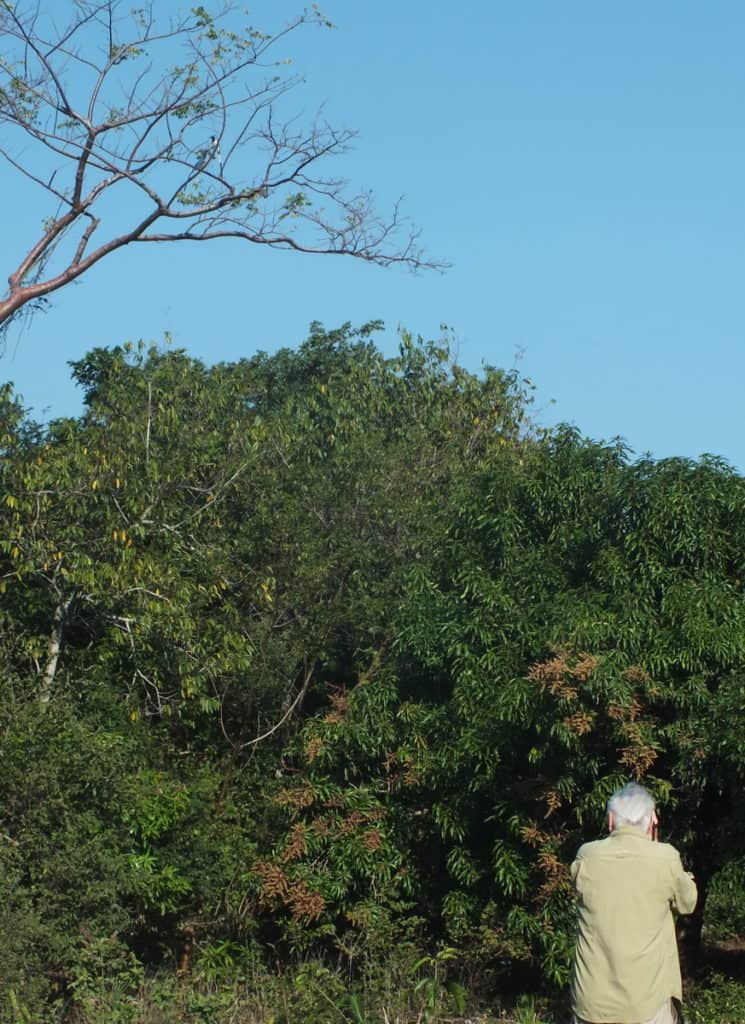
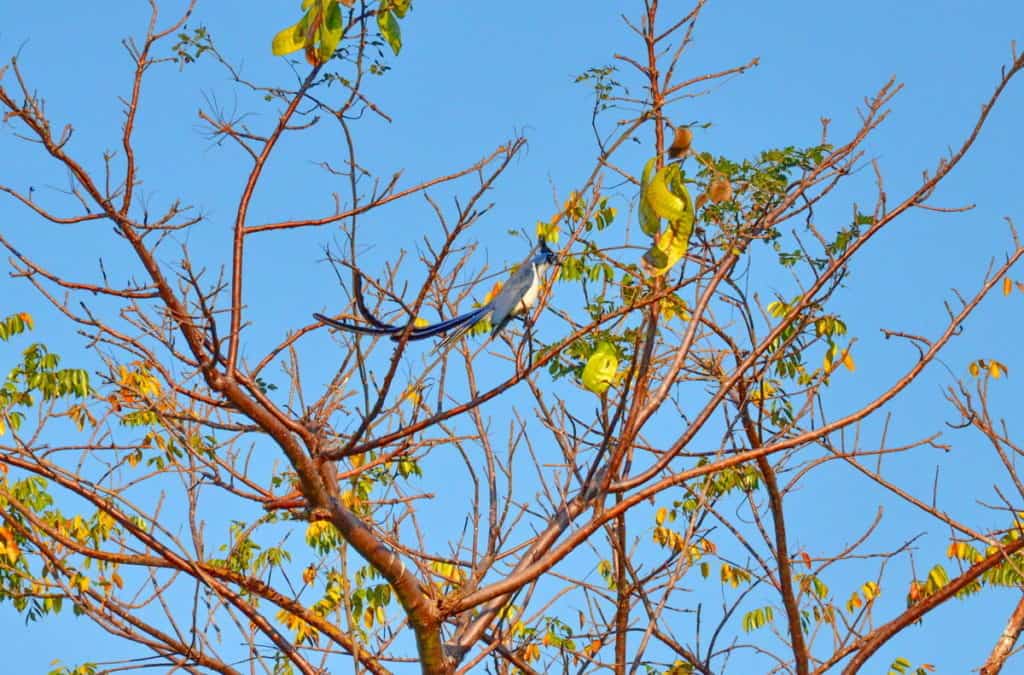
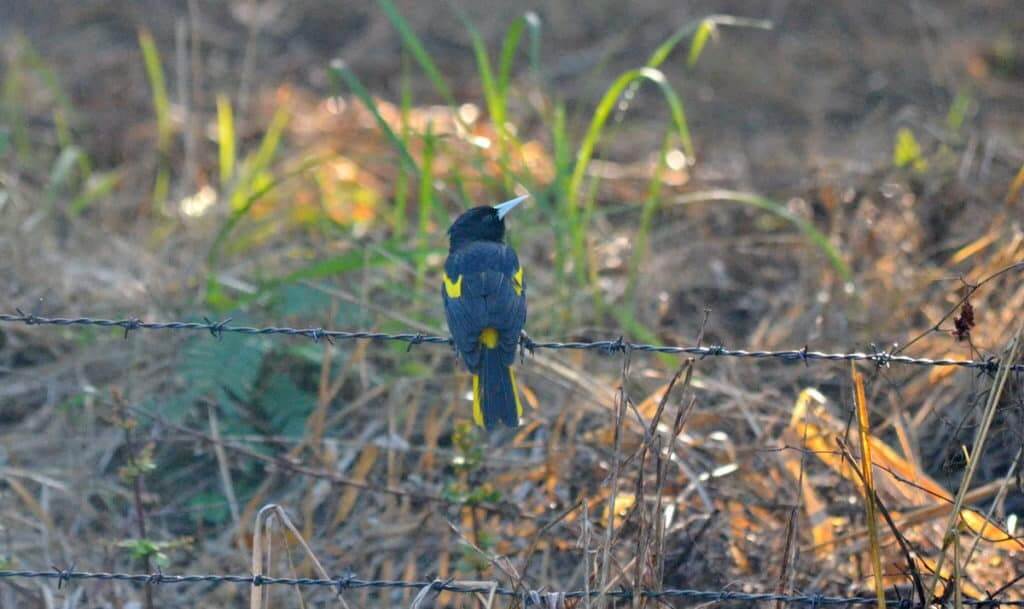
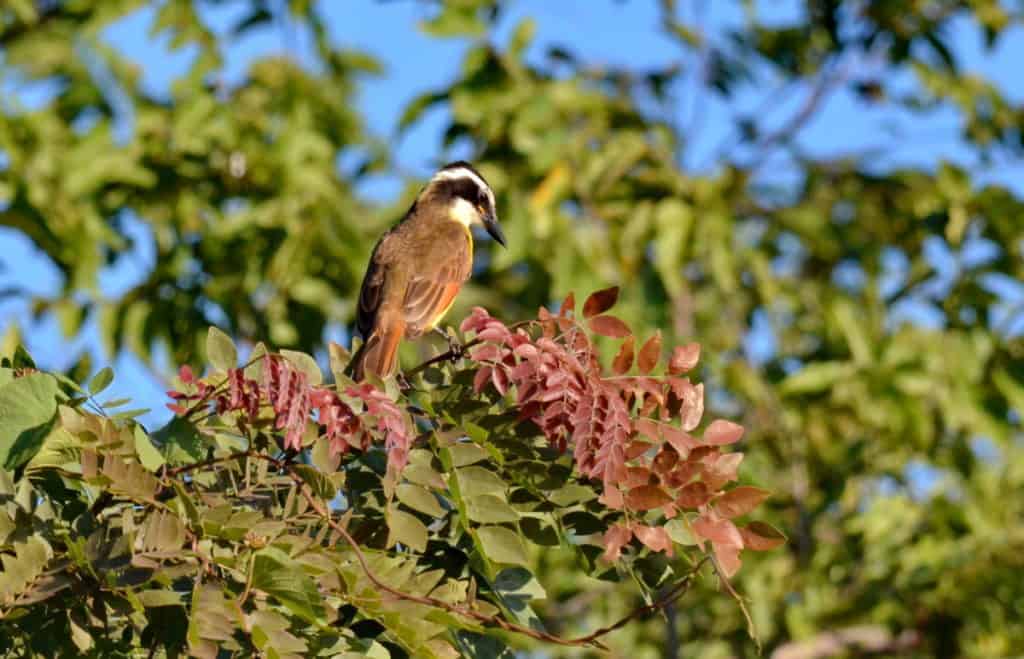
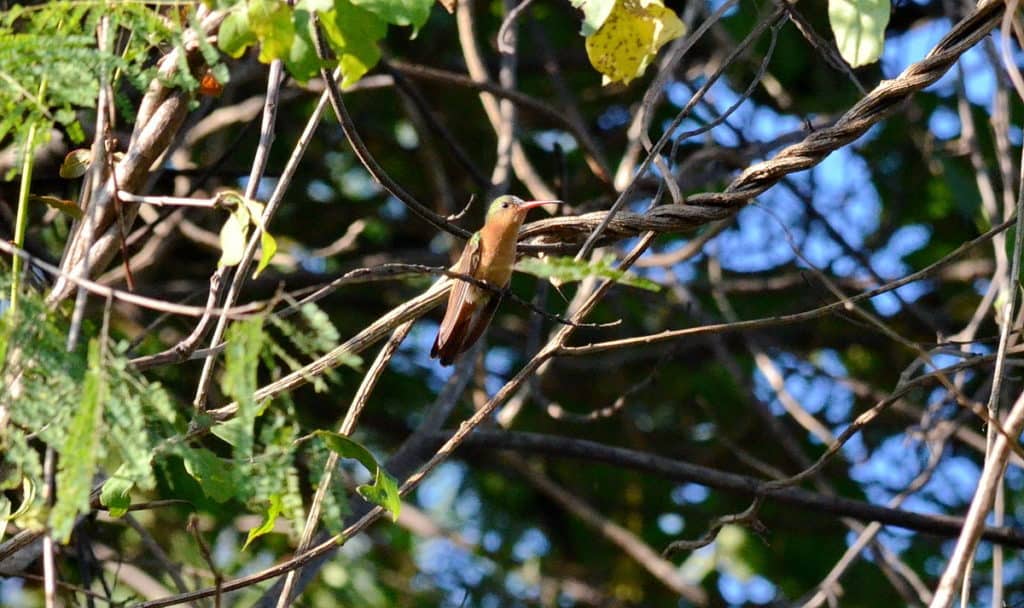
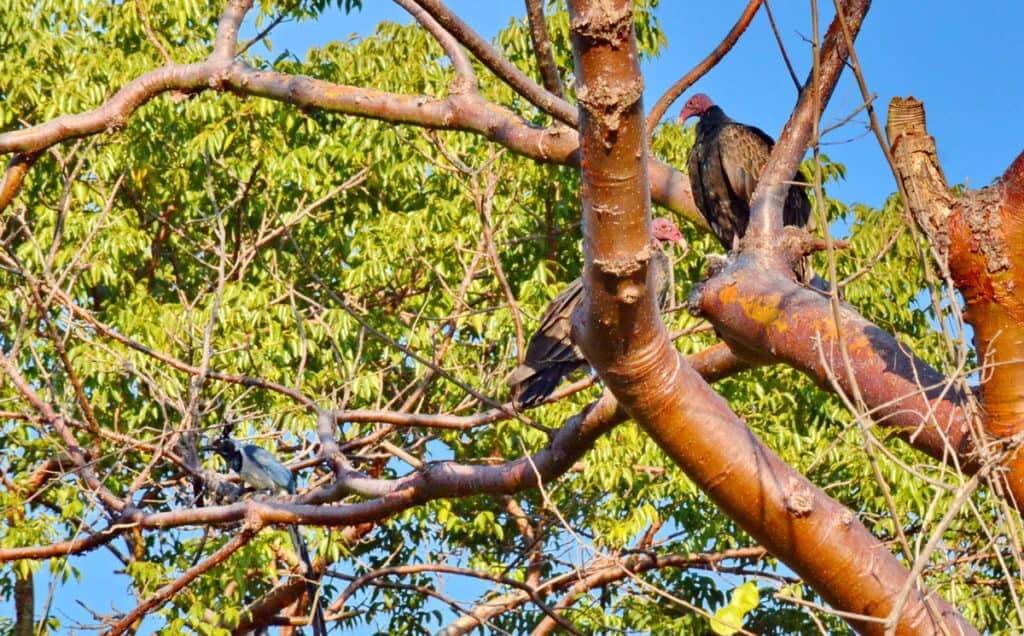
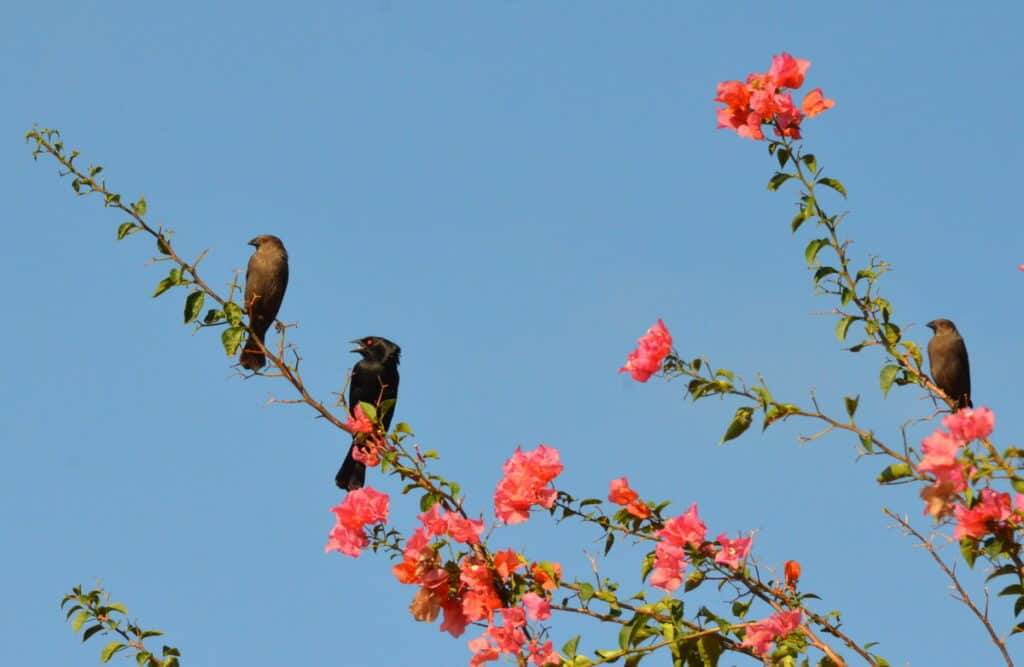
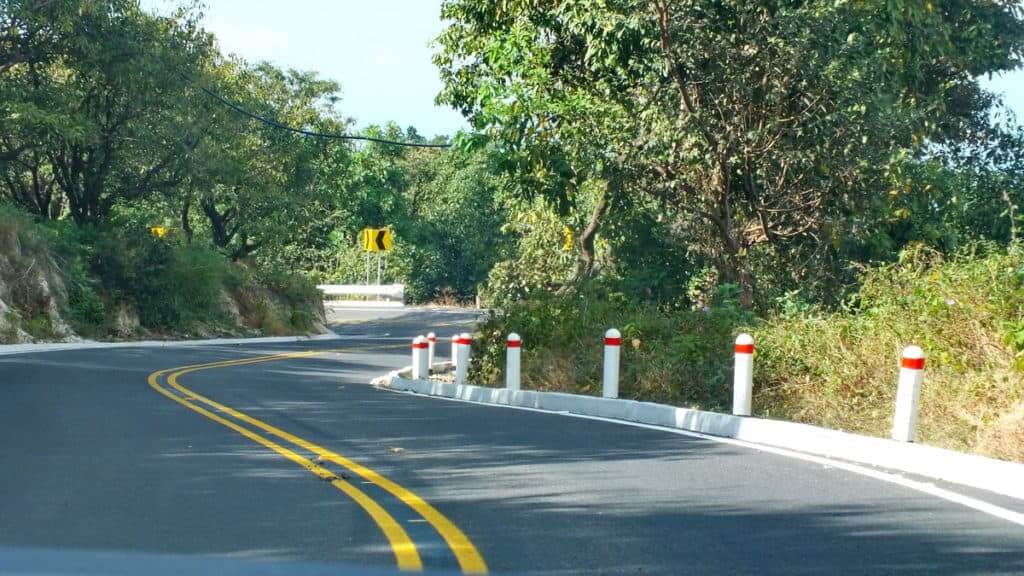

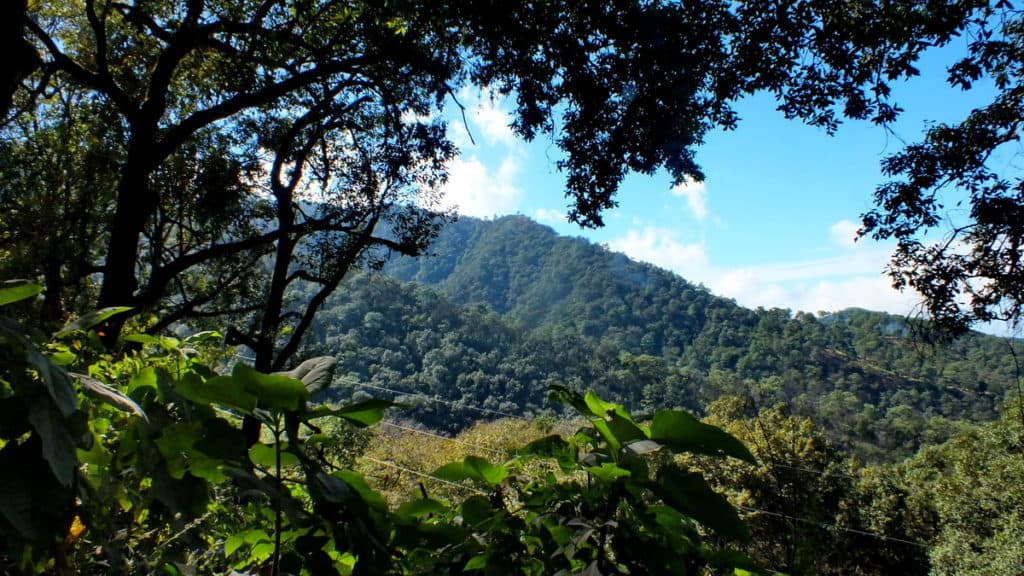
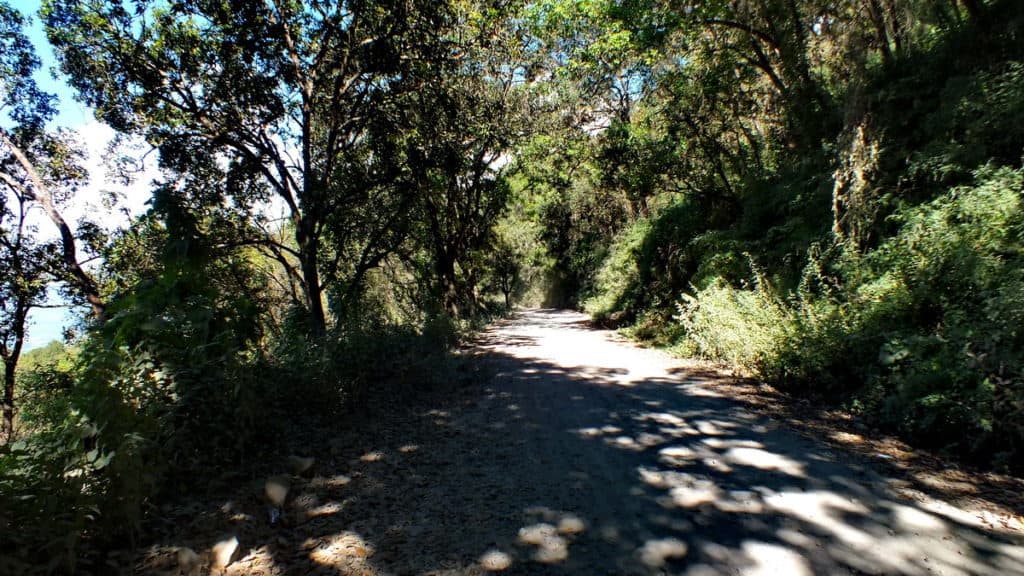
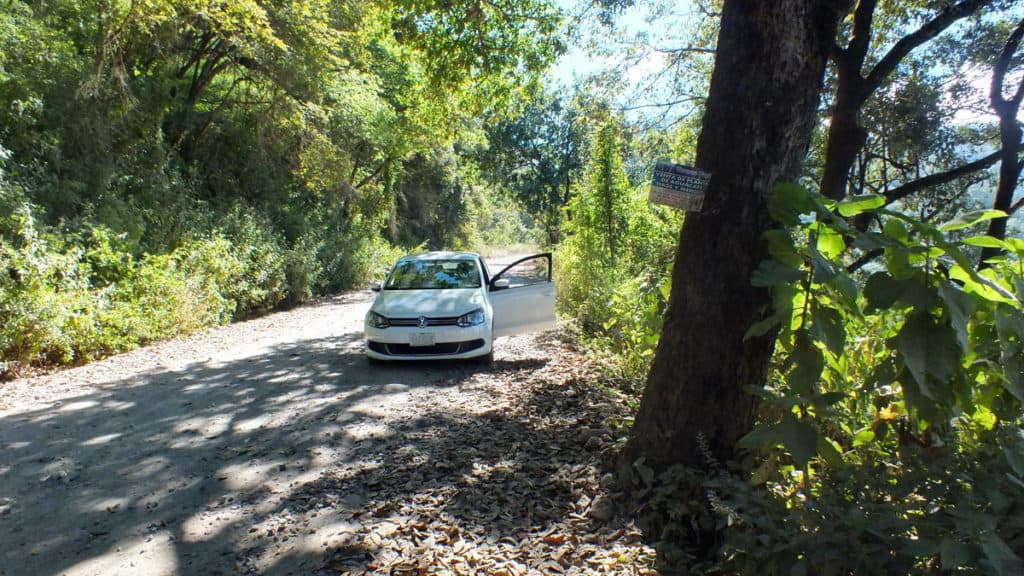


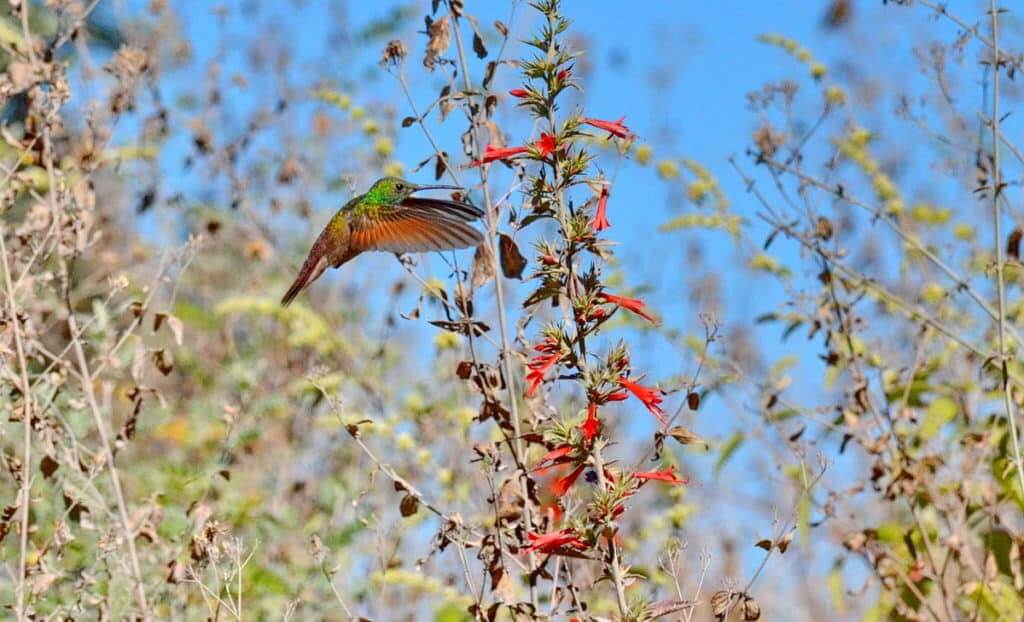
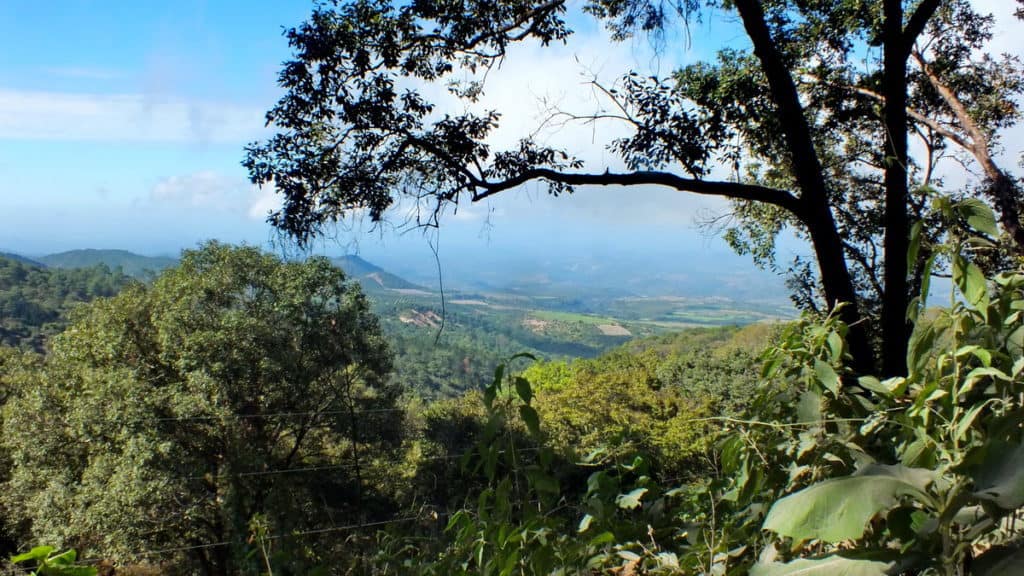
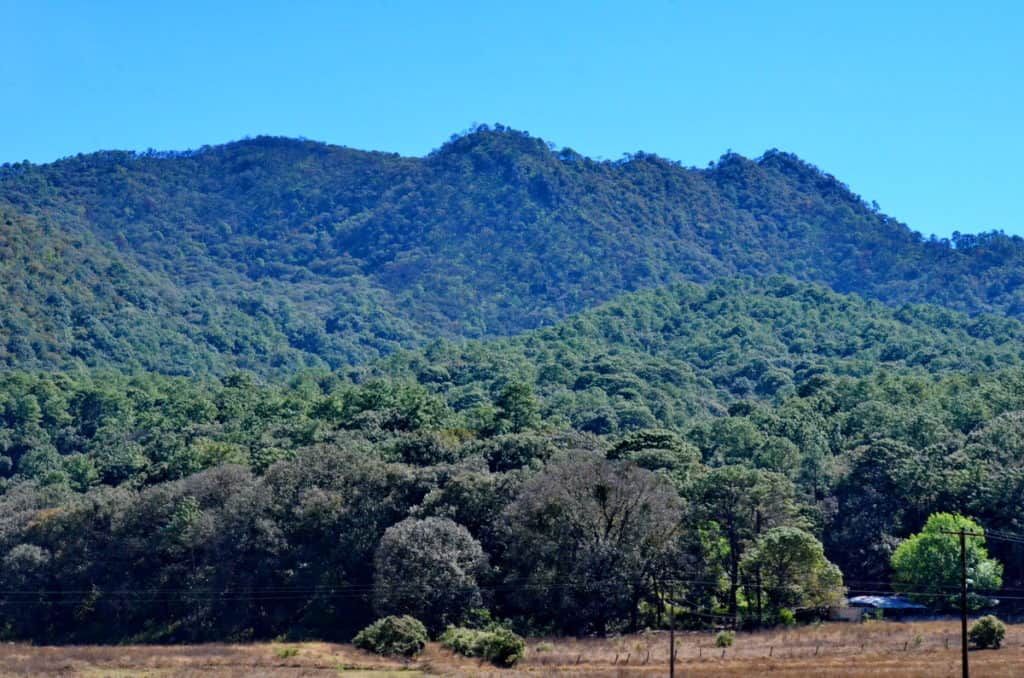
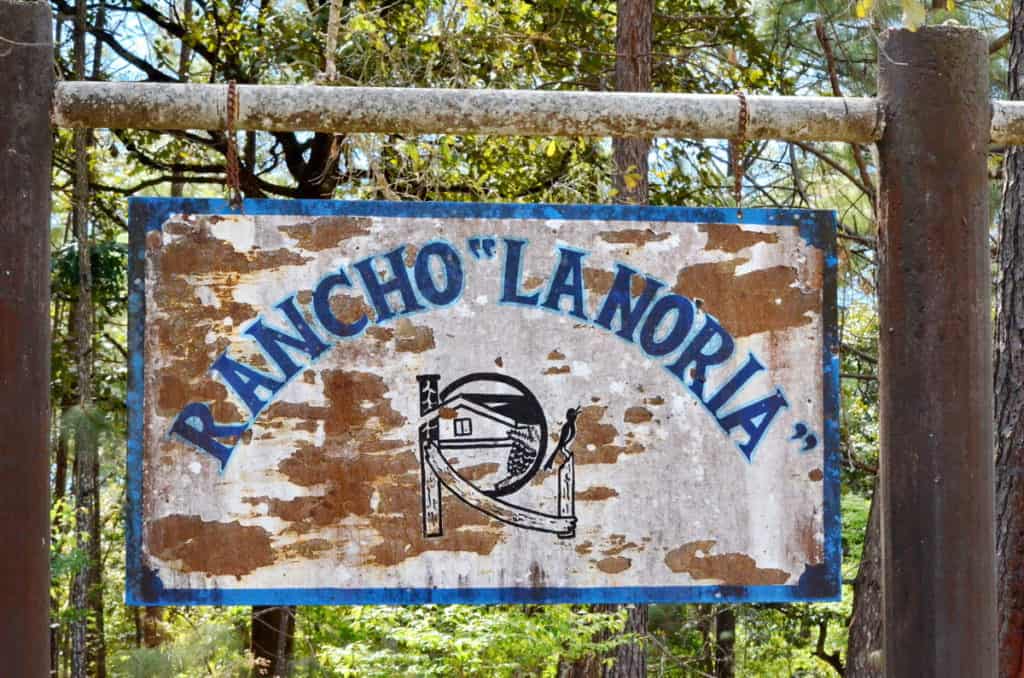
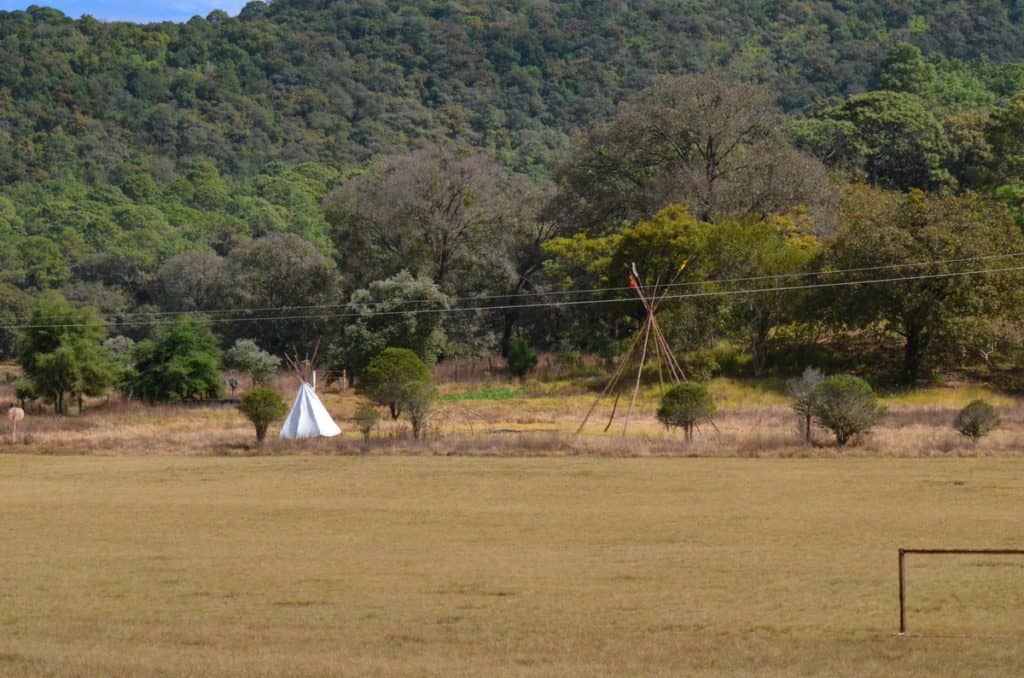
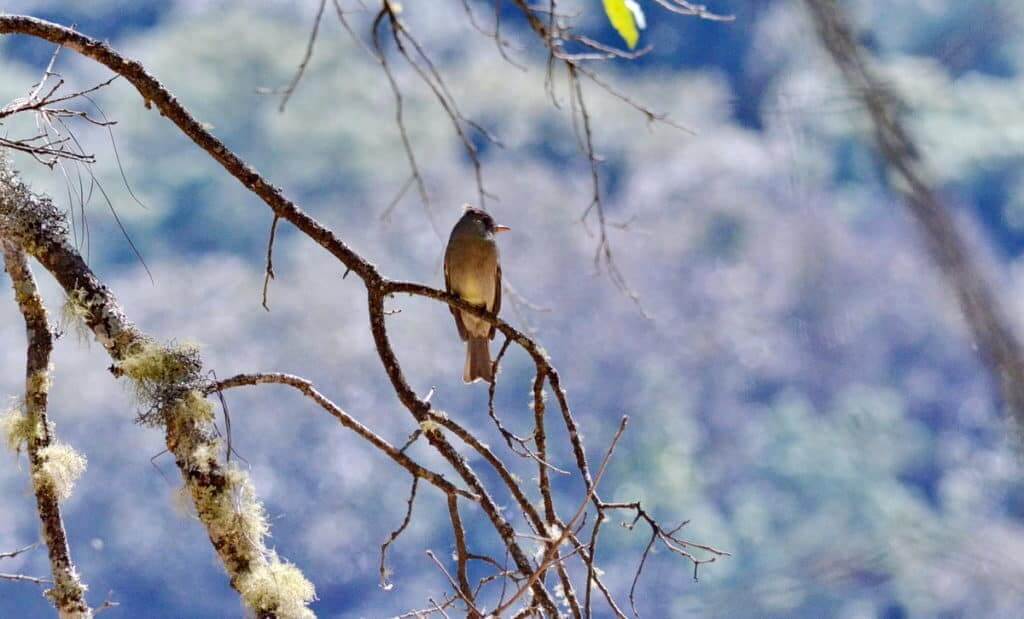
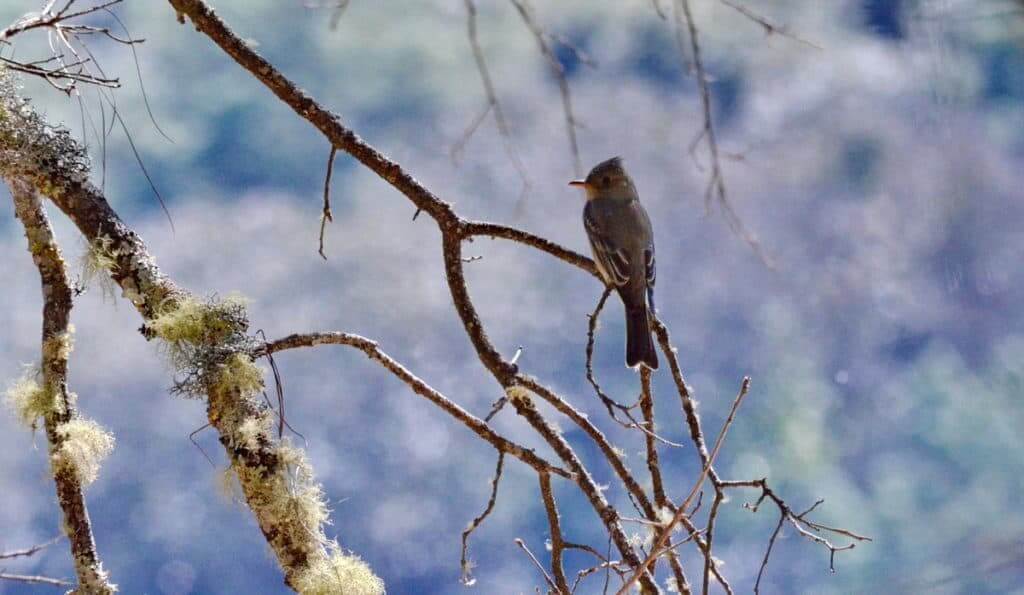

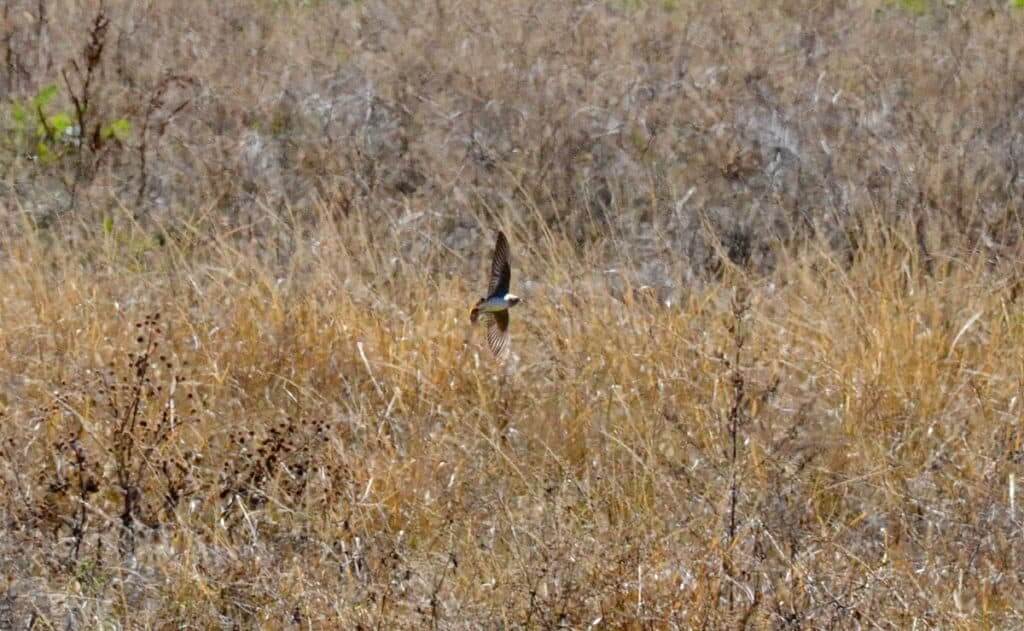
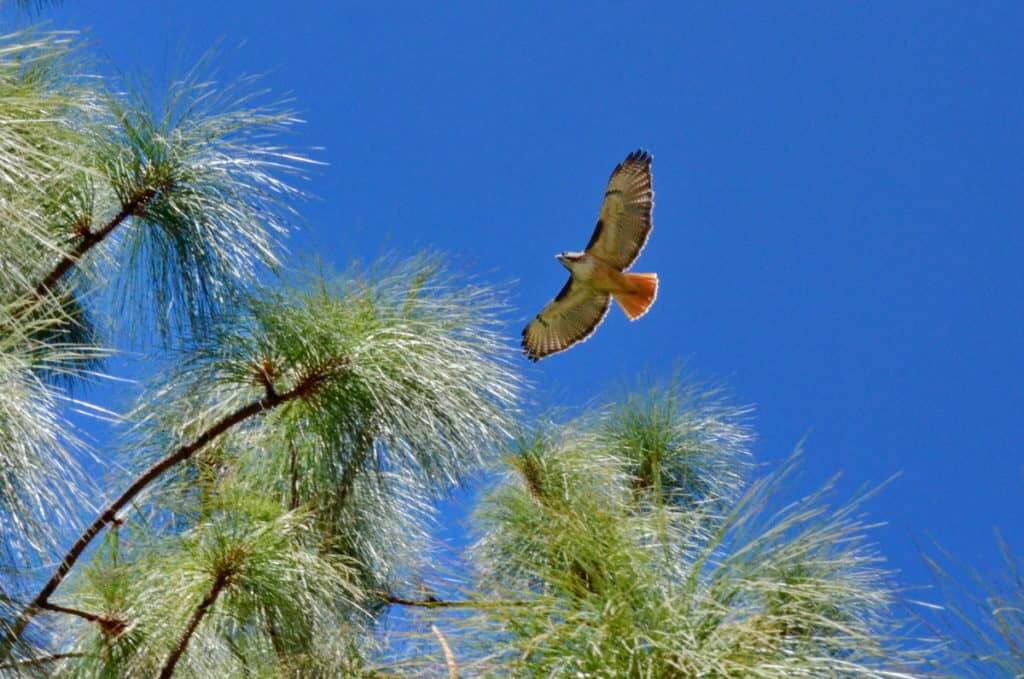

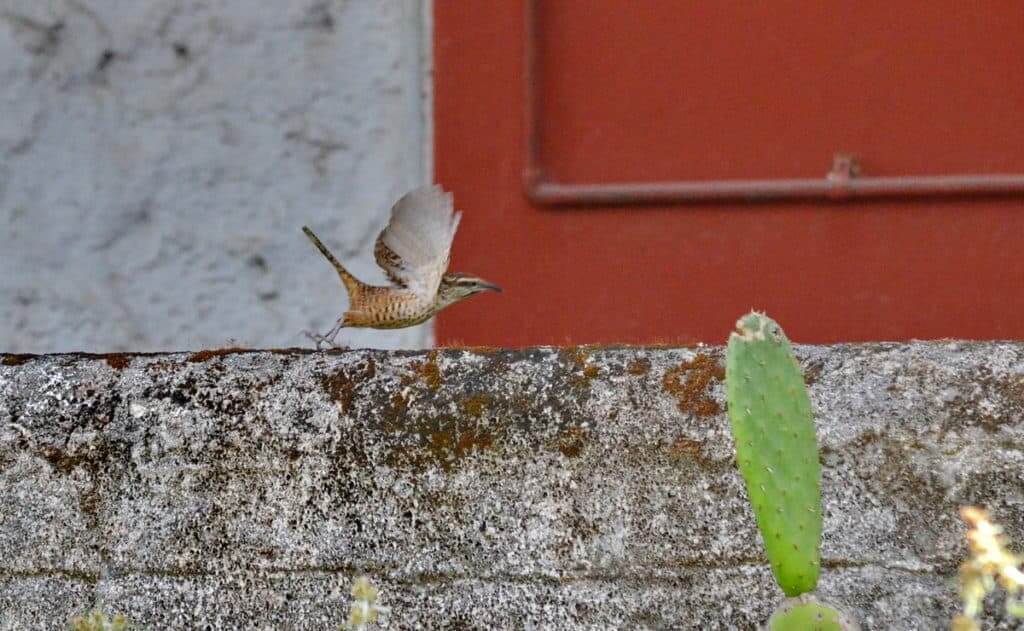
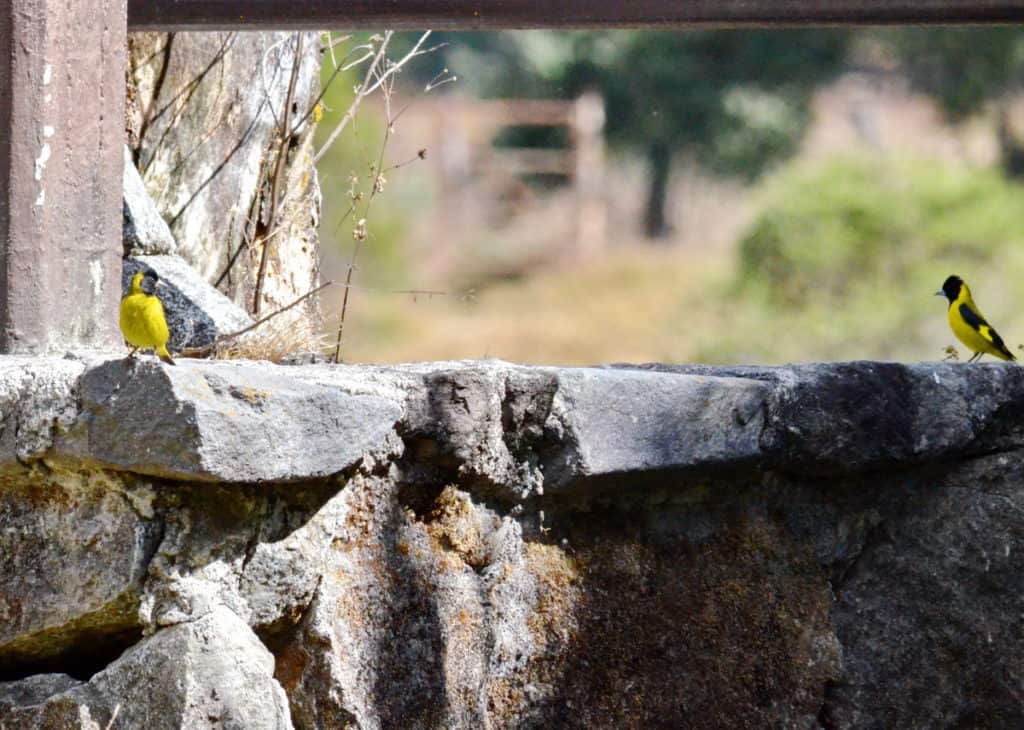
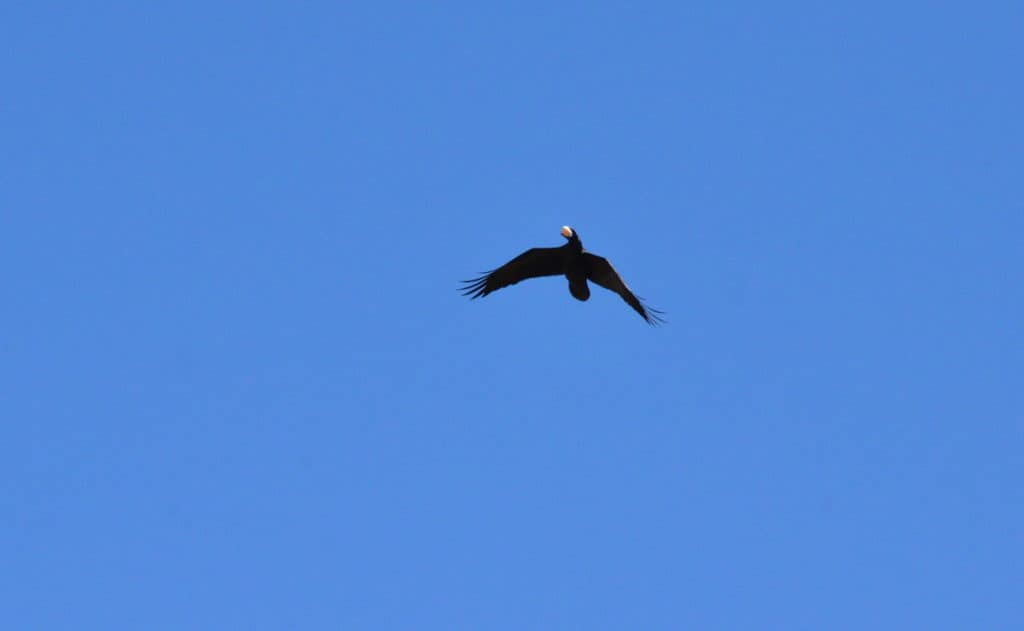
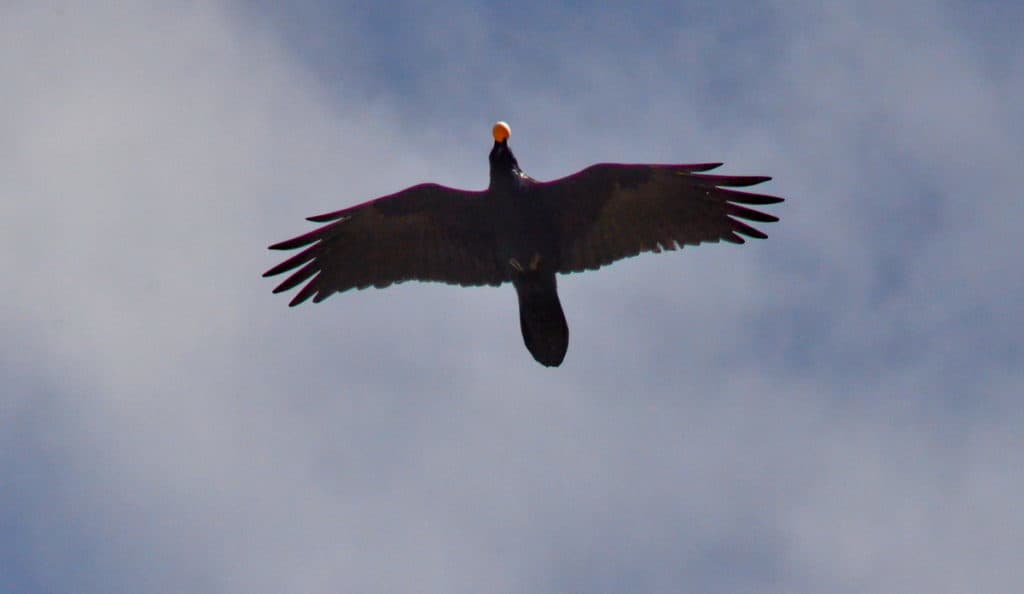
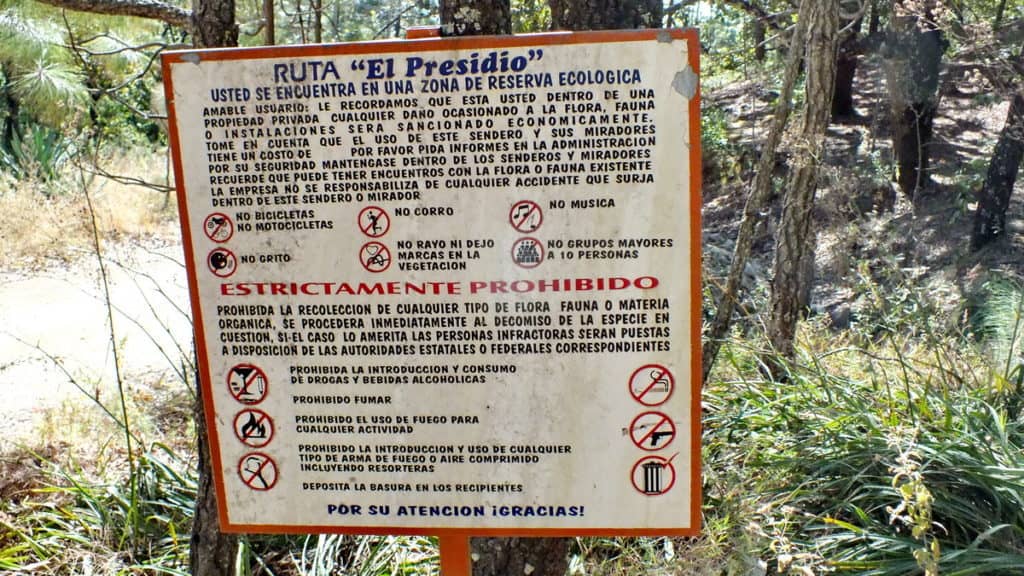

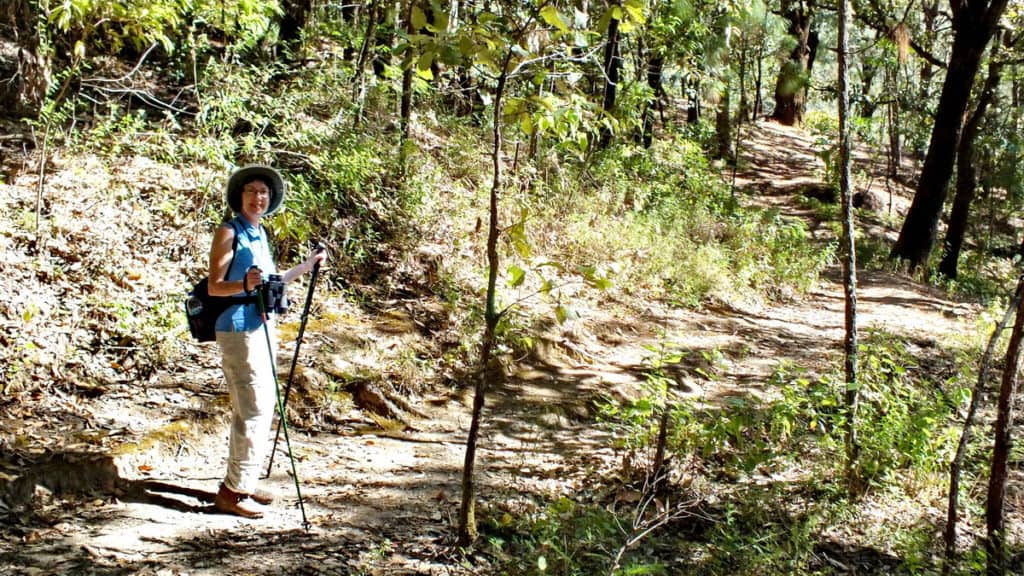
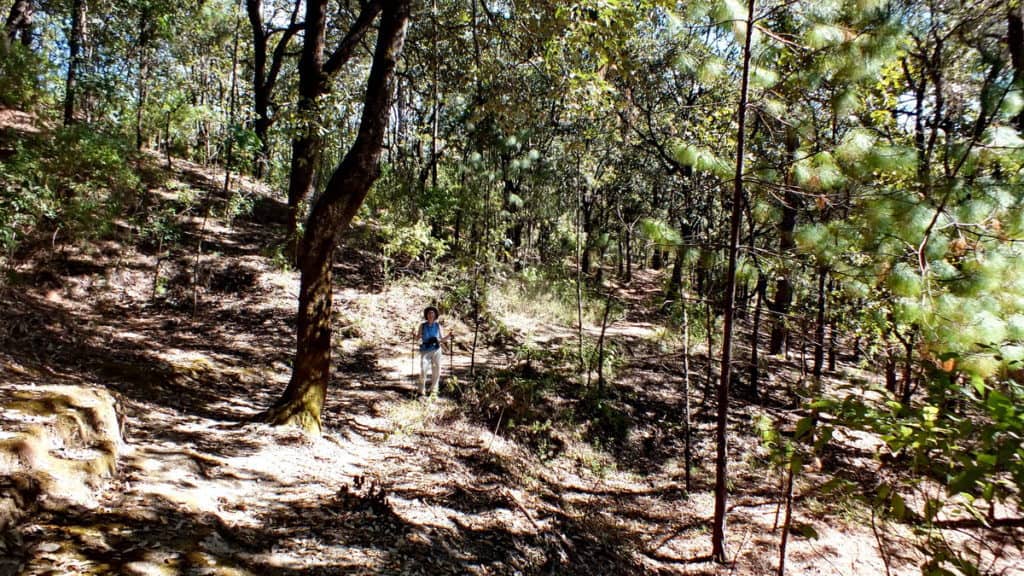
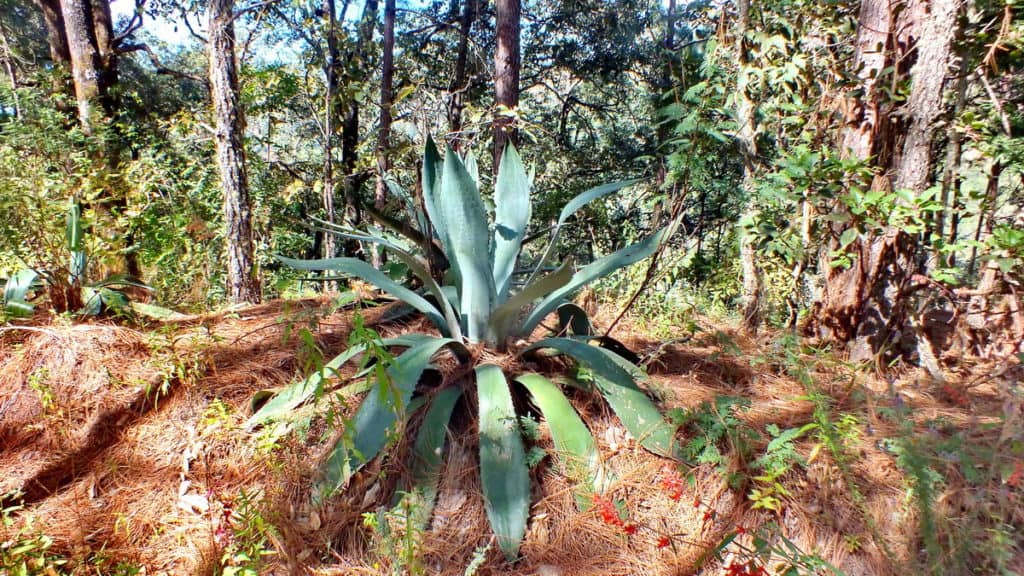
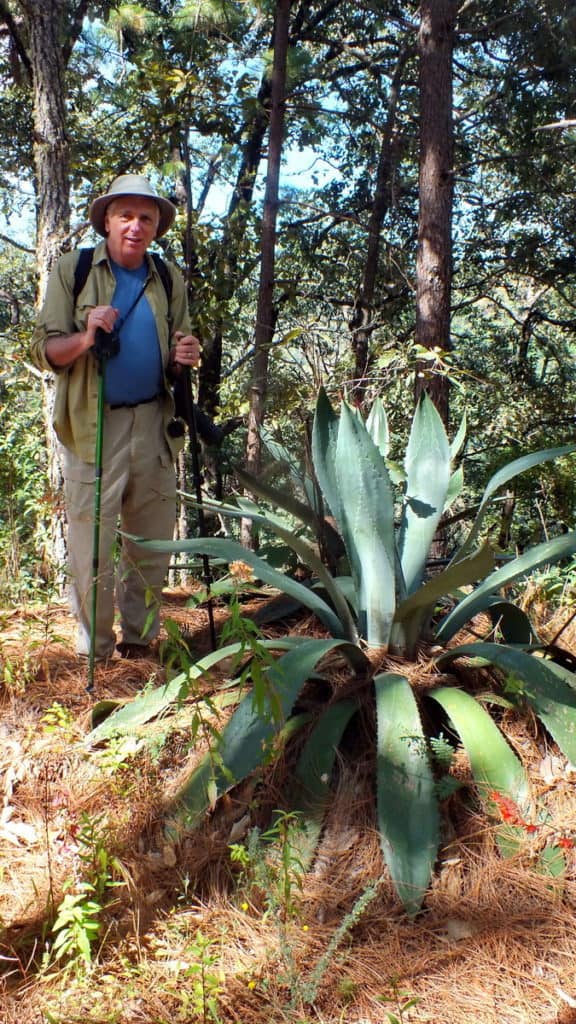
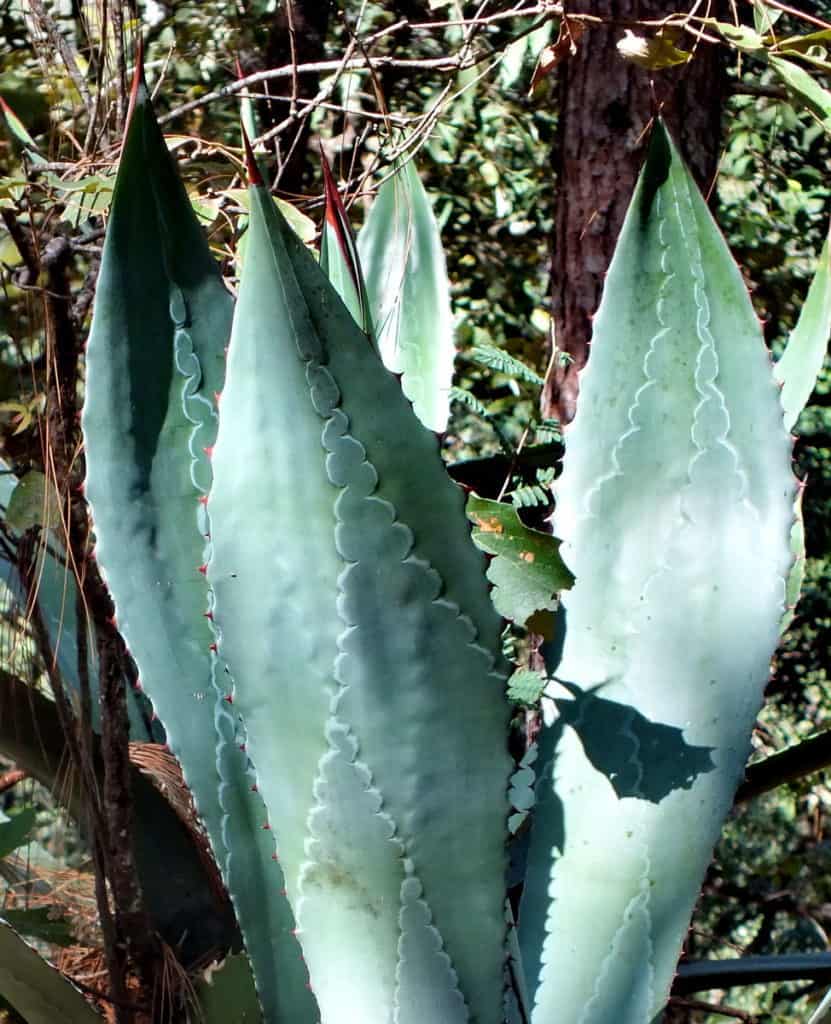
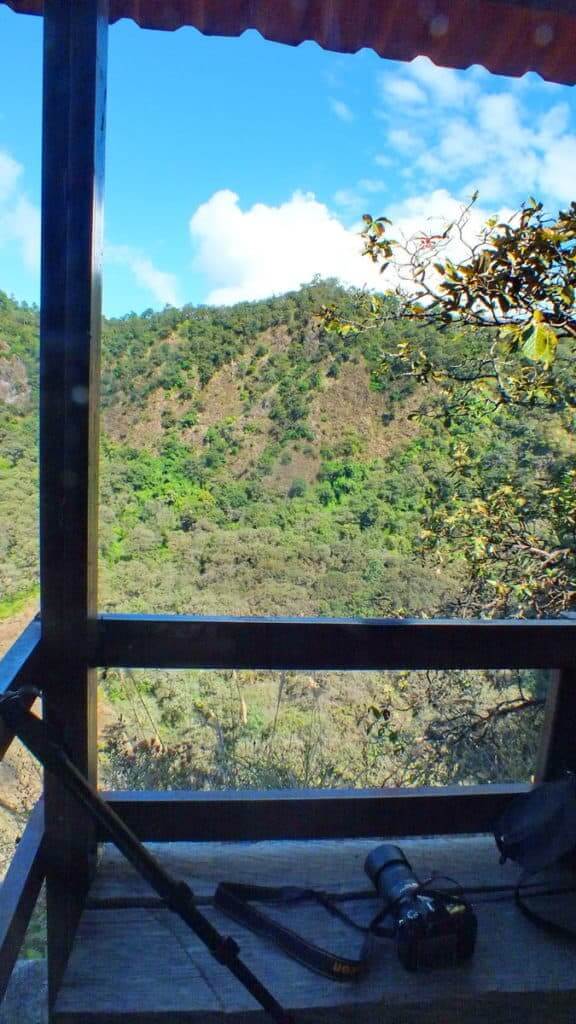
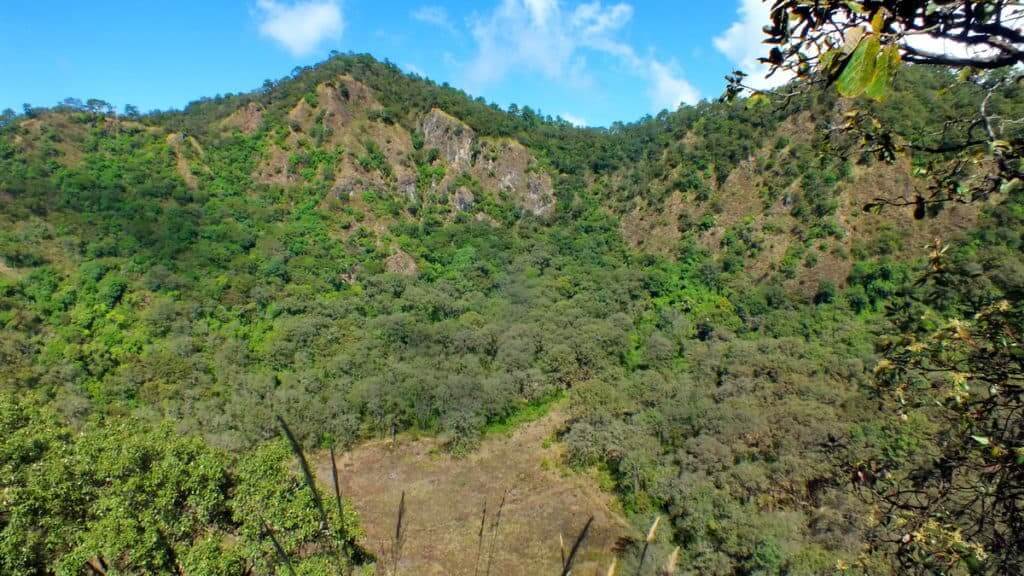
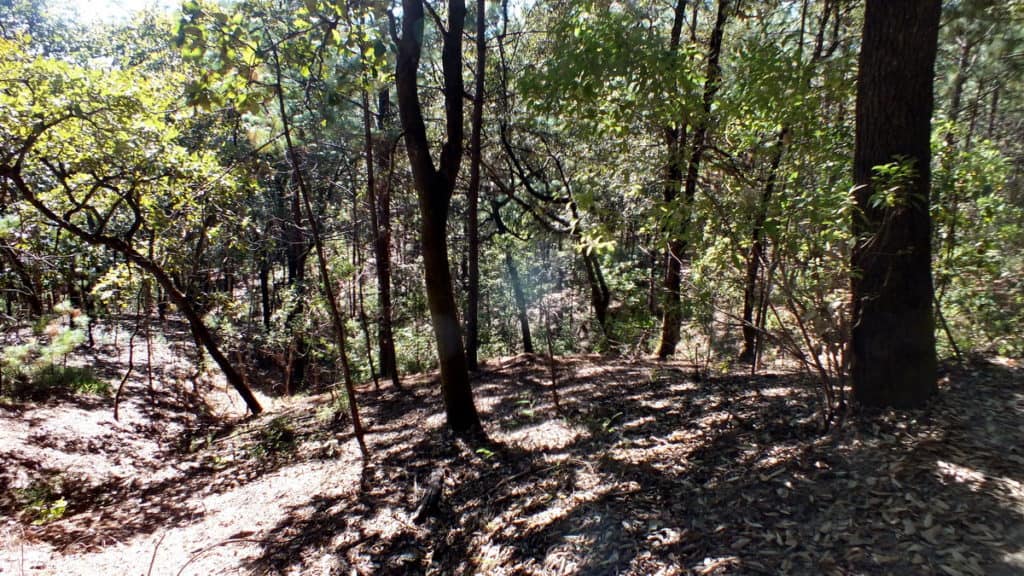
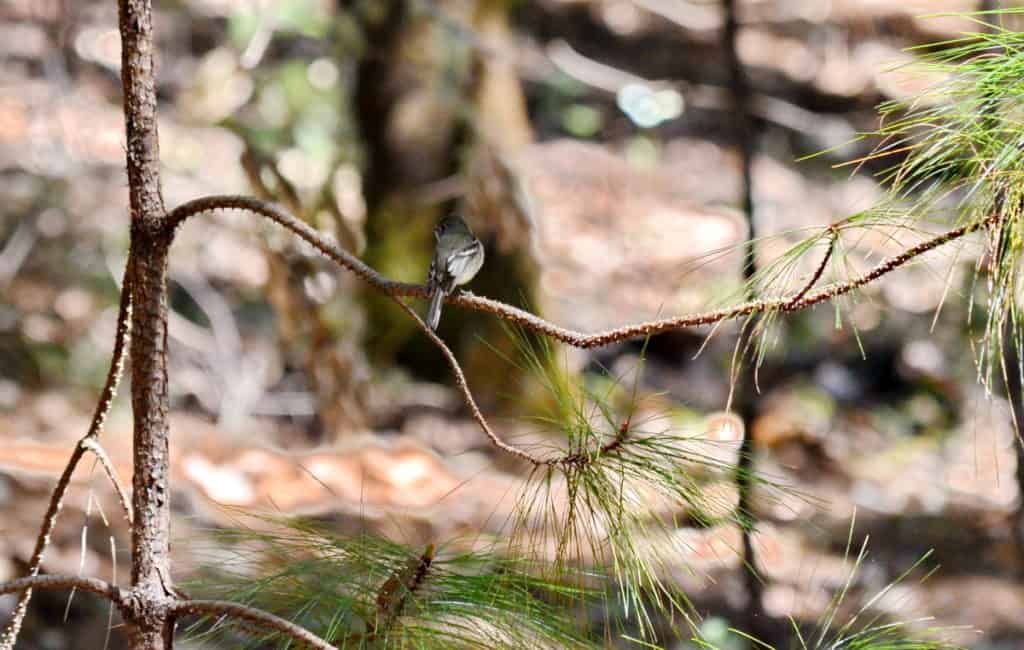
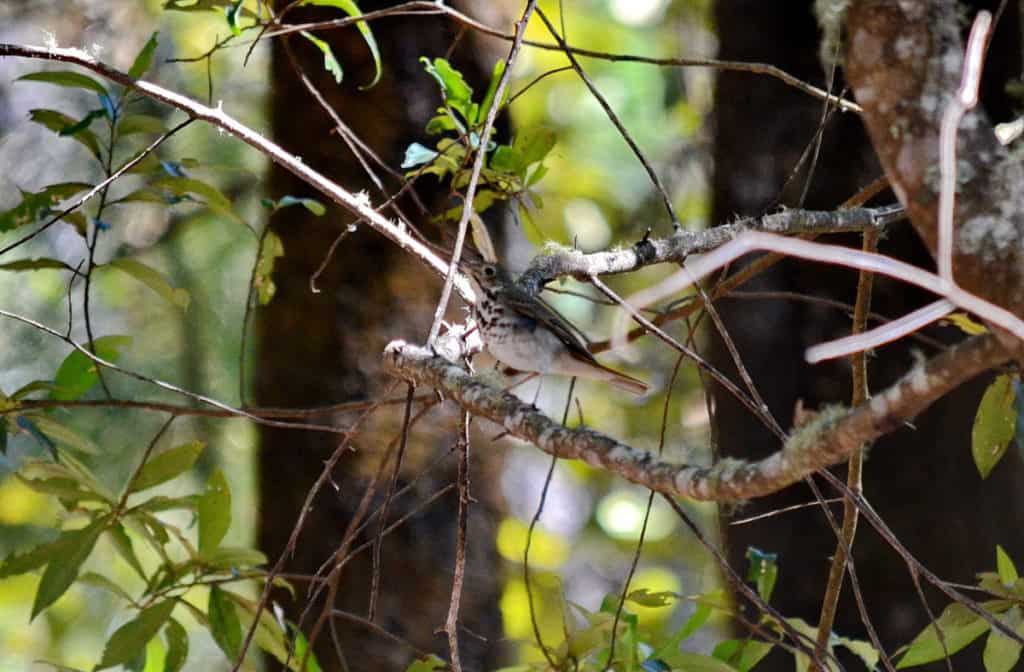
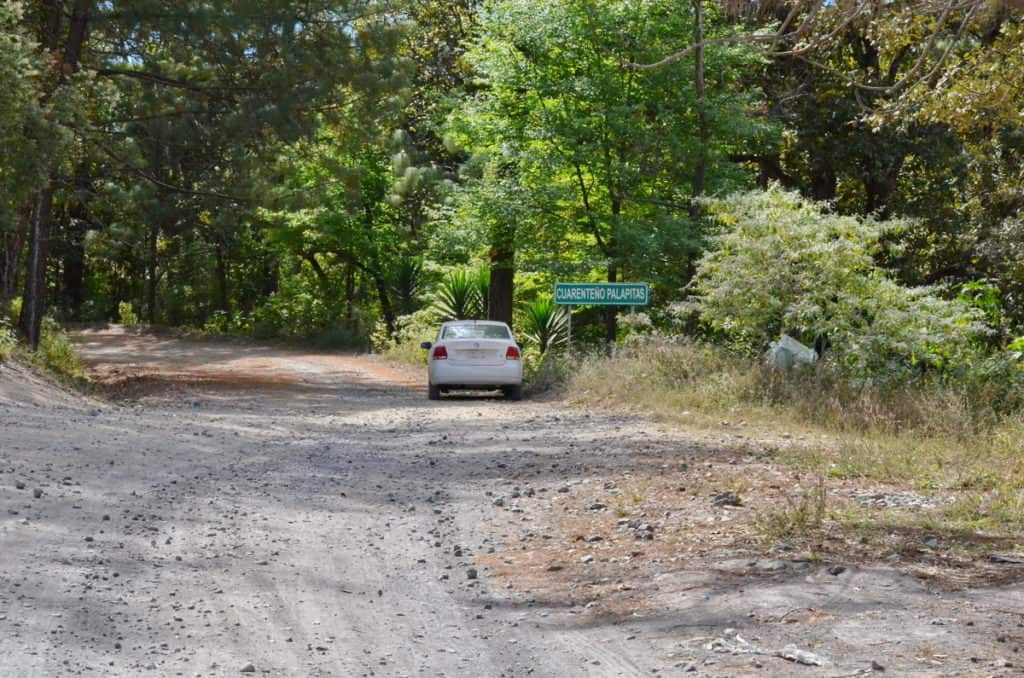
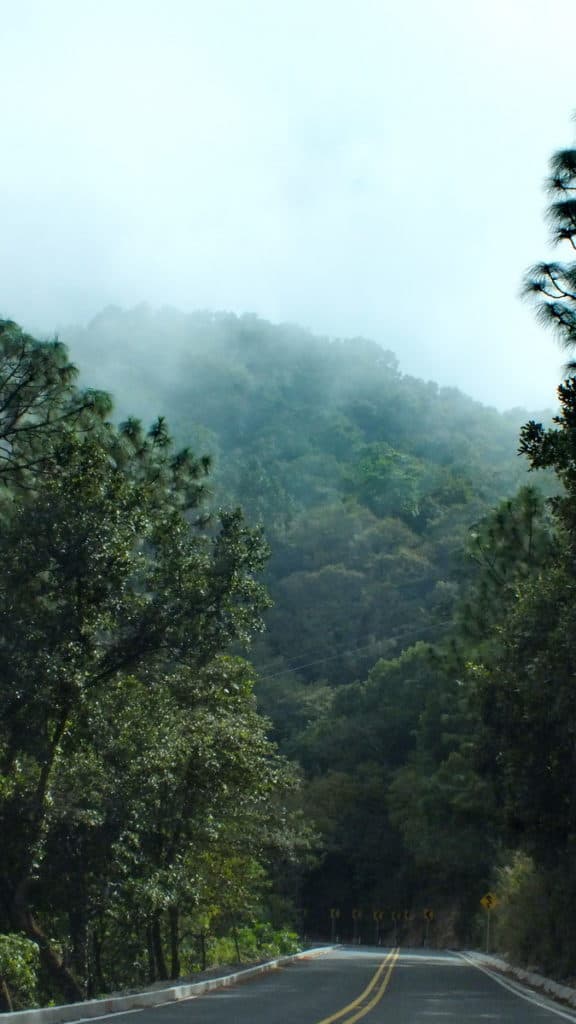
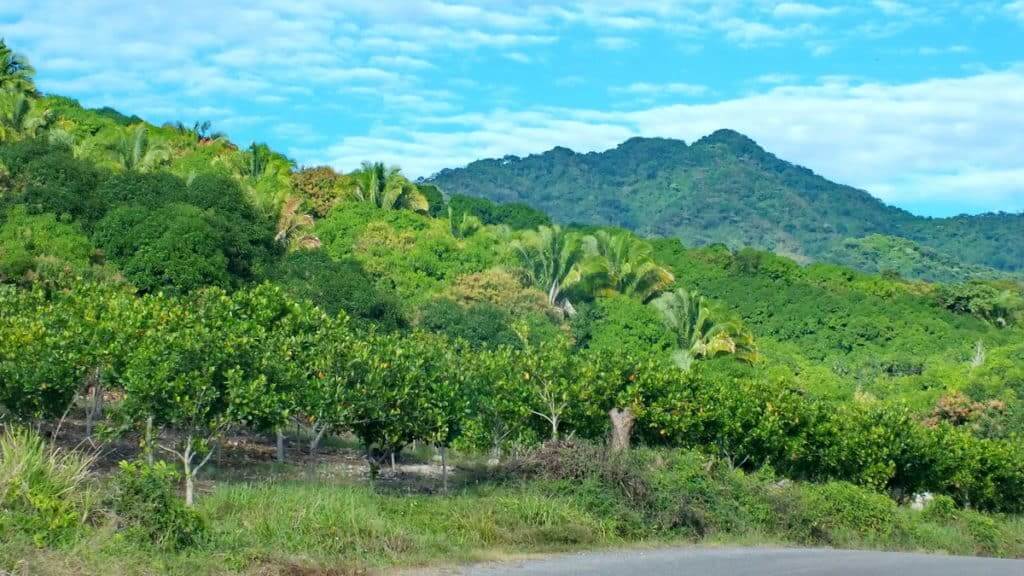
Thank you for that – it looked so beautiful. Did you feel safe driving around in Mexico?
Thanks very much, Anne. We did feel safe driving around Mexico, but I have to admit that, when driving across country from Zitacuaro to San Blas, we chose to use the toll highway as advised. It provides a more direct and dependable route plus traffic is lighter owing to the cost therefore there was less chance of coming into contact with unscrupulous or ill-intentioned people. Even driving around Zitacuaro and San Blas, we never felt at risk.